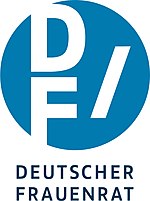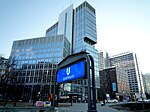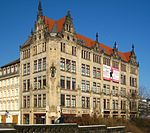Bundesdruckerei

Bundesdruckerei ("Federal Printer", short form: BDr) produces documents and devices for secure identification and offers corresponding services. It is based in the Berlin district of Kreuzberg. In addition to complete passport and ID card systems, the security printing house also offers ID documents, high-security cards, document checking devices, security software and trust center services. Bundesdruckerei also produces banknotes, stamps, visas, vehicle documents, tobacco revenue stamps and electronic publications. It was founded as Reichsdruckerei ("Reich printer") in 1879 and existed under this name until 1945. In 1951, it became Bundesdruckerei. It expanded into multiple security-related fields after being privatised in 1994. In 2009 it became a state-owned enterprise again. In September 2014, Bundesdruckerei succeeded, in a case referred to the European Court of Justice, in obtaining a preliminary ruling that the City of Dortmund could not require tenderers for a document digitalisation contract to commit to paying German minimum wage levels to the workforce when they were intending to sub-contract the performance of the contract to a firm based in Poland outside the scope of the German minimum wage law.In 2015, Bundesdruckerei won the tender to provide the International Civil Aviation Organization Public Key Directory (ICAO PKD).
Excerpt from the Wikipedia article Bundesdruckerei (License: CC BY-SA 3.0, Authors, Images).Bundesdruckerei
Kommandantenstraße, Berlin Kreuzberg
Geographical coordinates (GPS) Address Phone number Website Nearby Places Show on map
Geographical coordinates (GPS)
| Latitude | Longitude |
|---|---|
| N 52.5075 ° | E 13.401388888889 ° |
Address
Bundesdruckerei
Kommandantenstraße 18
10969 Berlin, Kreuzberg
Germany
Open on Google Maps








